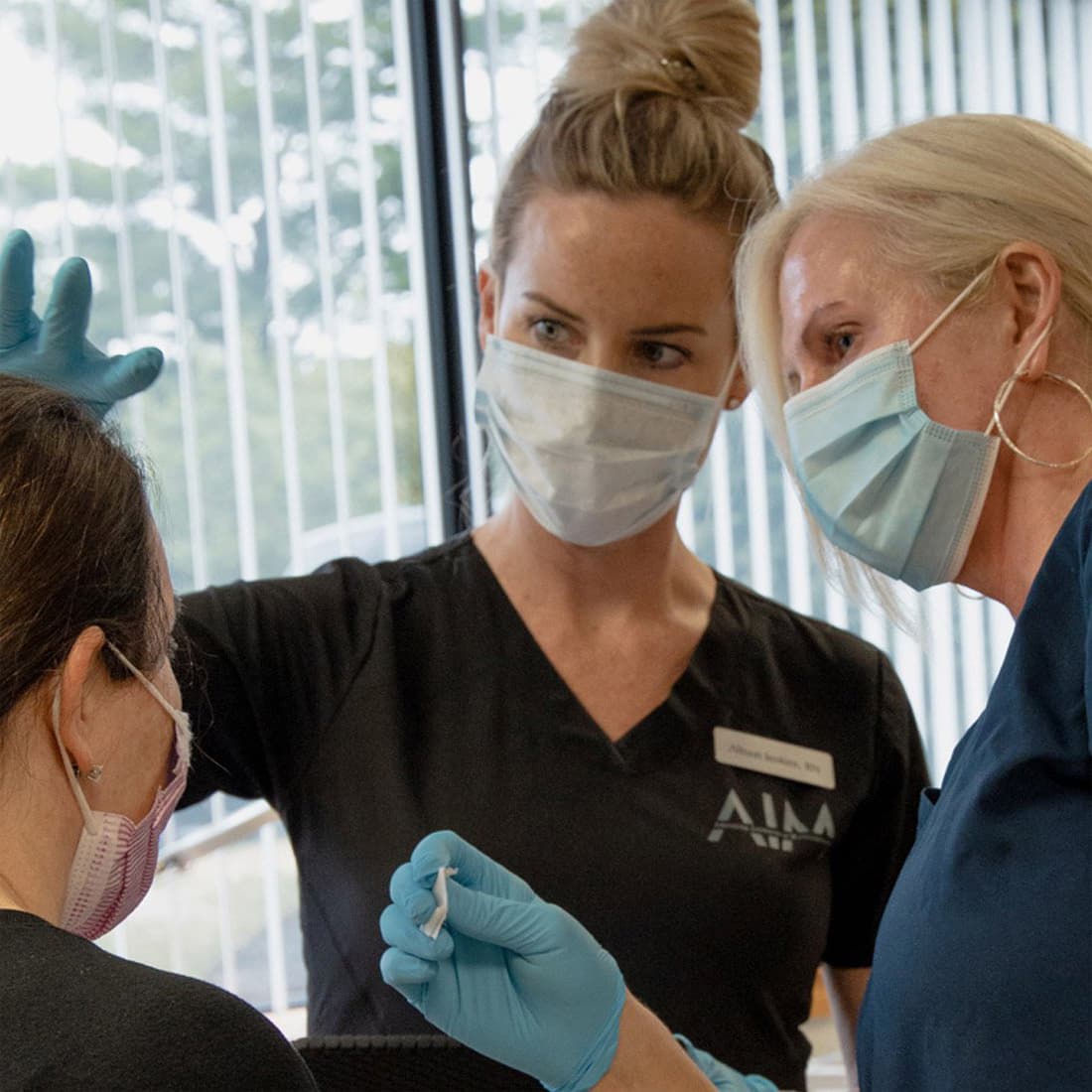The Growth of Aesthetic Medicine: Why Now Is the Best Time to Get Started

Aesthetic Medicine Is One of the Fastest‑Growing Fields in Healthcare
Aesthetic medicine isn’t on the rise. It’s already booming. It’s one of the fastest‑growing areas of modern medicine, especially when it comes to aesthetic medicine procedures like dermal fillers, hyaluronic acid fillers, botulinum toxin, and other aesthetic procedures. The global aesthetic medicine market is projected to $100 billion in 2025 and is expected to reach over $200 billion by 2034.
This means more demand for medical aesthetics, more clinics opening, and plenty of opportunities for aesthetic physicians, nurse practitioners, PAs, and estheticians trained in facial aesthetics. People’s views about aging and cosmetic appearance are shifting. They want subtle, natural improvements, not dramatic changes. That’s why aesthetic medicine training and hands‑on aesthetic training courses matter. When you can deliver real clinical outcomes that are predictable, safe, and tailored to each patient, you stand out.
The Industry Keeps Growing, and It’s Getting Younger
Look at the numbers. In the U.S., spending on non‑surgical aesthetic procedures jumped from about $15.1 billion to $17.5 billion in just a couple of years. Neurotoxin treatments are about 32% of that, and dermal fillers around 20%. Gen Z now makes up roughly 10% of patients, more than double their share from a few years ago. They view aesthetic procedures as part of ongoing self-care, not just a one-off fix.
Globally, the industry grew from $67.8 billion in 2024 to $73.7 billion in 2025, with projections to hit $104.6 billion by 2029. That’s not hype, that’s real, steady momentum.
And it’s not just about numbers. People expect natural results. They’re tired of overdone looks. Treatments like skin rejuvenation, neck rejuvenation, restoring volume loss with hyaluronic acid, and biostimulatory injectables are trending, but delivered with skill and subtlety. Platelet-rich plasma, ablative and nonablative lasers, chemical peels, even adipose-derived stem cells and stromal vascular fraction techniques are entering the mix.
That’s a big invitation for providers trained in a well-rounded mix of aesthetic applications, blending artistry with anatomy and real clinical responsibility.
How We Got Here: A Quick Story
Here’s how this growth accelerated:
- Early 2000s: Botox gets approved. Med spas start popping up.
- By 2018: The U.S. had over 5,000 med spas generating billions, with profit margins near 29%.
- Today: Over 10,000 med spas tell stories of growth, often featuring both non‑surgical procedures and even some surgical procedures.
- Along the way: The line between plastic surgery, dermatology, and aesthetic procedures has blurred. People expect trained professionals who can offer everything from skin laxity treatments to scar revisions, chemical peels to thread lifting, surgical procedures to non‑surgical alternatives.
Professional groups like the International Association for Physicians in Aesthetic Medicine (IAPAM) emerged to bring structure to all this, offering certification, ethical standards, and coursework that covers injectables, laser treatments, chemical peels, and even business strategies for building a practice.
What Aesthetic Medicine Feels Like Today
Patients expect two things: safety and natural results. That means training in aesthetic medicine that’s not just a quick injection class, it’s deep, hands-on, covers anatomy, complications, penetration depth, and consistent clinical outcomes. You work with injectables like hyaluronic acid fillers, botulinum toxin, threads, lasers, and sometimes even regenerative techniques like platelet-rich plasma or stem-cell-based tools.
What providers love is the flexibility. Many ease into aesthetic practice part-time, maybe nights or weekends, seeing how medical aesthetics fits their life. Others dive in full-time. Training with strong mentorship, compliance guidance, and malpractice coverage means you’re supported, not solo.
Academia is catching up, too. The Royal Society of Medicine in the UK now includes aesthetic medicine and surgery in its postgraduate curriculum, a sign that the field is maturing and gaining respect.
Why Right Now Feels Right
Here’s why this moment in the aesthetic medicine field matters:
- Real demand: Clinics have waitlists. Patients want skilled, safe providers.
- Financial upside: Most treatments are cash-based, offering clear and fast ROI.
- Career flexibility: Start part-time. Go full-time when you’re ready.
- Personalized training: Courses with a 2-to-1 student-teacher ratio or model labs help you get confident fast.
- Growing professionalism: With bodies like IAPAM setting ethical standards and training frameworks, aesthetic medicine is gaining maturity.
- Innovation-led momentum: Trends like regenerative medicine, AI-assisted simulation tools, biostimulators, and new devices keep the field forward-leaning.
When you blend patient enthusiasm, clinical challenge, income potential, flexible scheduling, and real mentorship, this is a great time.
Picture Yourself in This Role
This is a great time to step into aesthetic medicine. Whether you’re looking for a flexible side income, a new full-time path, or a way to use your clinical skills in a more patient-connected setting, the opportunity is here, and growing fast.
With the right training, you don’t need years to get started. Focused aesthetic training courses, a commitment to patient safety, and a solid understanding of anatomy can put you on track to become a confident injector with real career momentum. Whether you work in a practice, launch your own clinic, or provide treatments part-time, you can build a career that reflects your goals, lifestyle, and values.
Aesthetic medicine isn’t just about procedures. It’s about offering care that’s empowering, safe, and grounded in medical expertise. If you’re ready to explore what that looks like for you, there’s never been a better time to begin.








